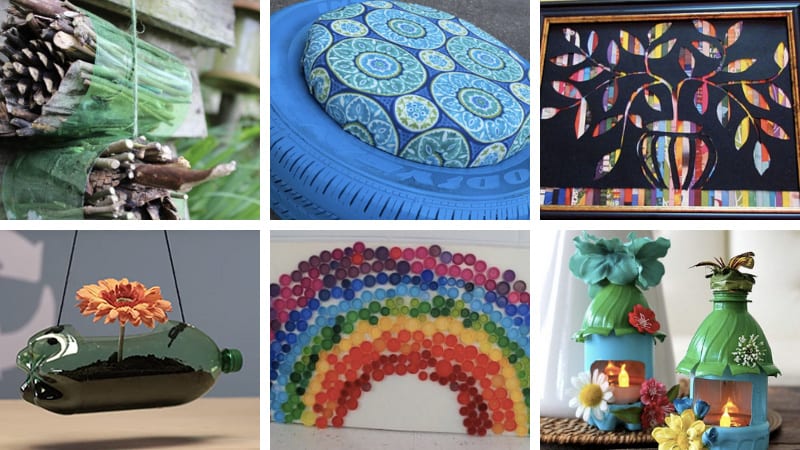Compost the gold for our gardens because it is the ultimate recycling we can do at home. BUT It can go bad easily if we don’t
feed it correctly. Smell, rodents?
I’ve included two methods in the post. The first is our method used at the BHSD17C school gardens. The second article details the easiest way to compost I’ve found. I do this all winter in my garden beds and by spring, magically fertile soil. The following images created by fix.com are detailed. For me, I don’t get all involved in the rotation. I dig a trench and go from there. Enjoy.
Let’s start with the system we use at the Brookings Harbor School District 17C.
Our local waste company has changed their trash bins and we were gifted 6 of their old rolling bins. We drilled holes in the bottom for drainage and we started to layer our compost. Here’s what we used:
Shredded paper,
Leaves
Cafeteria waste
Fall garden vegetation
Water
A bucket full of last year’s compost to get things started
Composting worms from our in classroom lessons
This system has worked really well! See, you can compost almost anywhere. Get creative.
Compost bin dumped and adding shredded paper
Finished bins put away for winter
Student workers turning compost before returning to the rolling bins.
***************
The process of creating your trench is incredibly easy. Simply dig a trench 12 inches deep in your garden and fill it half way with kitchen scraps. Fruits and vegetables are great for adding nutrients and moisture to your soil. We suggest avoiding putting bread products, oils, meat, dairy, saw dust, human waste, and rice in your compost. Also, be careful not to compost weeds in your trench, they could sprout up in your garden! Once you have your food scraps in your trench, fill the rest of the hole with soil and let nature do its thing.
Each year move your compost trench to a different part of the garden. Begin by dividing your garden into three spaces: Zone A, B, and C. Zone A will house your compost trench while B and C will be your walking space and plants. After year 1, move your compost trench to Zone C and your plants to Zone B. By year 3 you should be digging your compost trench in Zone B and planting in Zone A. This ensures your compost is evenly dispersed below your garden. After year three, begin the process again.
You can also place compost trenches between evenly-spaced plant crops, along shrub boarders, and around flowers and vegetable plants.






















